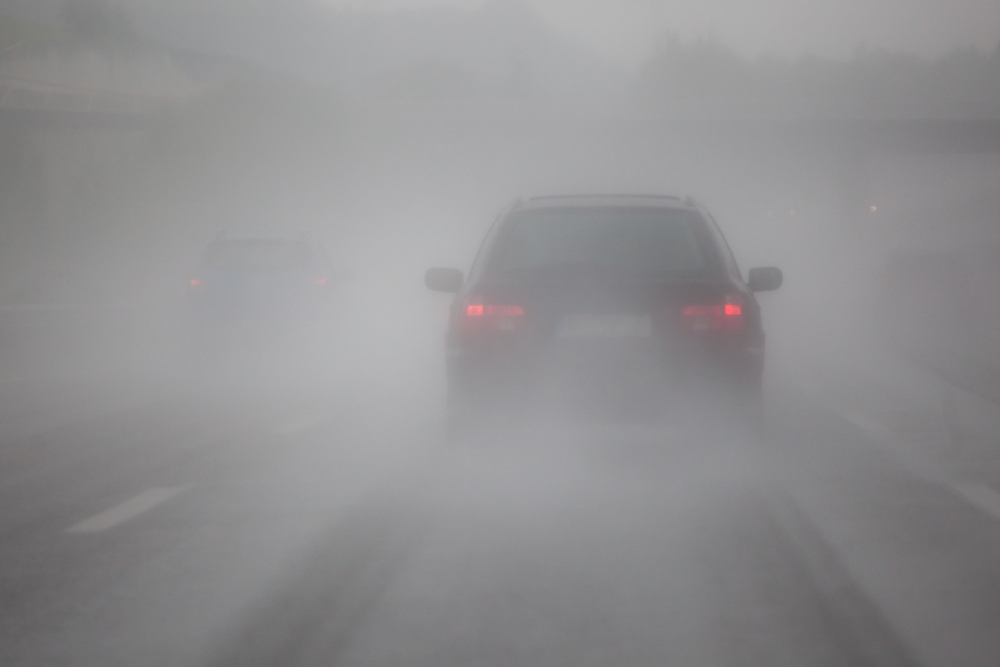Winter’s here and with bad weather comes bad driving. Make sure you’re not aggravating and endangering your fellow drivers by following these top tips for driving when the road ahead is not that clear.
How To Drive In Reduced Visibility
The Highway Code has a number of rules when it comes to driving in dodgy weather. These range from the obvious (turn on your headlights if you can’t see more than 100 yards), to reminders to the lazy to scrape ice the WHOLE of your windscreen. Different weather requires different approaches to driving safely.
Driving in the Rain
- Rain attributes to 52% of crashes on the road. Driving in the rain is hazardous because people have a habit of not slowing down.
- In heavy rain, back off from the car in front. Leave twice as much space as you usually between your car and the one ahead when it’s raining. The spray from their wheels will affect your visibility even more.
- Water pools at the lowest points in the road. While this can include the odd pot hole, most of the time it’s at the edges of the road. So stay as central as you safely can while driving.
- And speaking of potholes, don’t drive through water that’s so deep you can’t see the ground through. You never know how deep the water is going to be.
- If you break down, don’t lift your bonnet while you wait for rescue. Doing so could soak your electronics, making it harder to restart your car.
Driving in the Fog
- Driving in heavy fog is dangerous and should be avoided if at all possible.
- If you stop for any reason during fog, even if you’ve pulled over, put your hazard lights on.
- When driving in fog, slow down. You never know what’s looming in the fog ahead. Also, don’t forget to switch on your fog lights. But remember to turn them off after words. Don’t be that
- You should also turn on your headlights, but use the low beams. Full beams often throw light onto the fog and crate a bloom of light that will make it even more difficult to see.
- Using your windscreen wipers and keeping the screen clear of condensation will help you navigate a foggy road.
- Keep plenty of distance between yourself and the car in front. If you’re having trouble navigating the road, use the left edge of the road as a guide to help you find corners and stay in lane.
Reduced Visibility Dos & Don’ts
DO
- Use your windscreen wipers and lights
- Remember that even after rain the road is slippery
- Drive slowly, and with care. Don’t get too close to other vehicles
DON’T
- Slam on your breaks suddenly
- Drive too fast to get out of the rain sooner
- Drive into weather beyond your limits as a driver. Better to get there late than never get there ever again.


